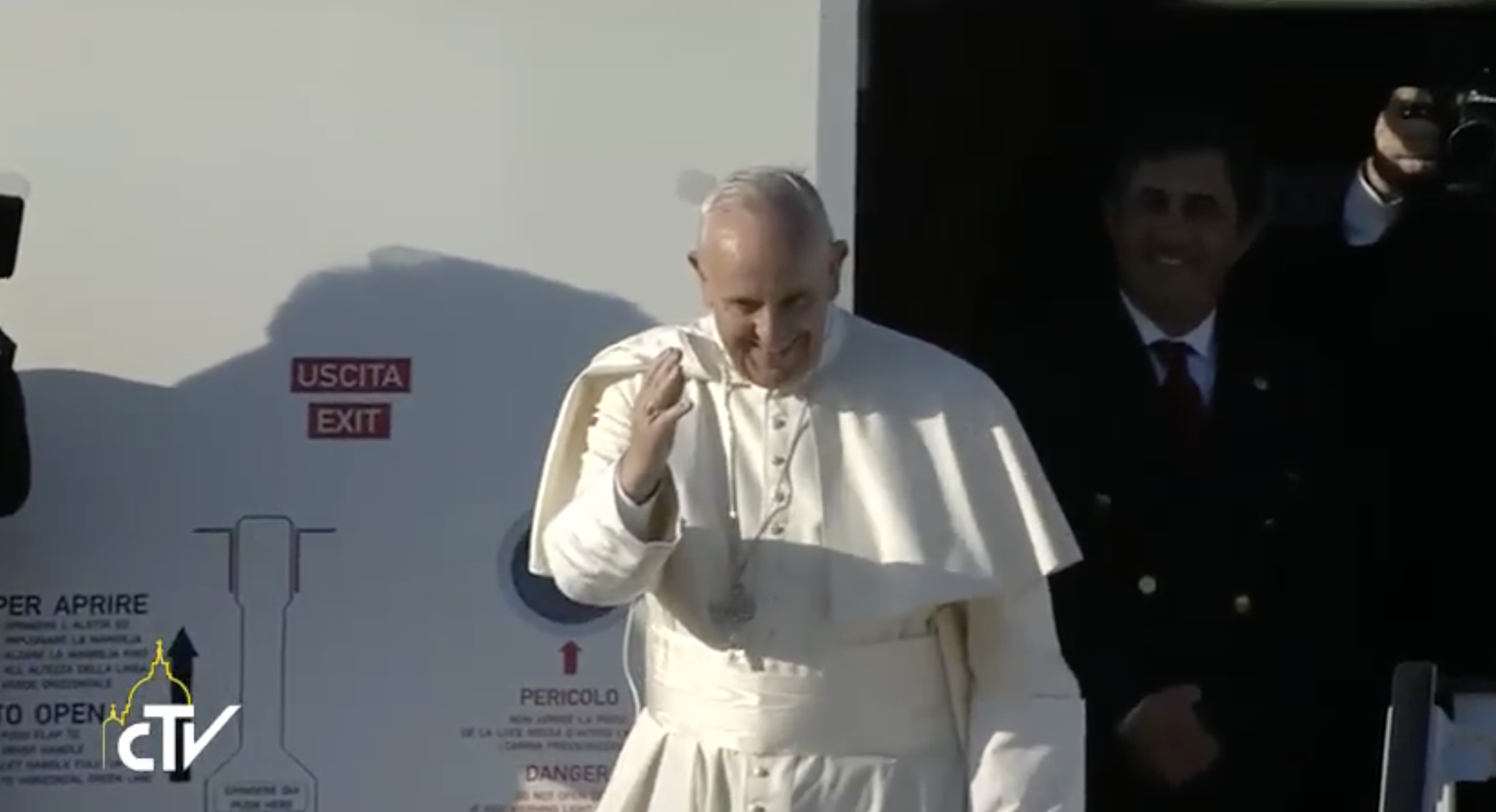“The Pope will come to bring messages of hope,” said Giorgio Sarto, member of Caritas-Milan, during an interview, in Italian, on Vatican Radio on Wednesday, March 22.
He was speaking of Pope Francis’ visit to the “Case Bianche” (‘White Houses’) district, Salomone street – Zama street, in the southeastern outskirts of Milan, at 8:30 am on Saturday, March 25, 2017, during the first stage of his one-day trip to the city. The Pontiff will visit two families of the San Galdino parish. Then, at 9:00 am, he will greet representatives of resident families and of Rom, Muslim, and immigrant families in a plaza.
“The Pope will come to bring messages of hope, of care on the part of institutions, so that people can live in the most fitting way possible and not as happens unfortunately in this type of dwelling,” said Giorgio Sarto.
“There is great expectation, because we are talking about a popular district that for decades has been far from the projects and care of those who should manage the issue of housing and services. The Pope is expected, frankly, as if he is going to resolve the management problems,” he continued.
During Pope Francis’ visit “there will be . . . a moment of entertainment, with a choir made up of choristers of parishes of our deanery with three testimonies.” “There certainly will be the joy of being able to meet the Pope,” added the Caritas member.
“Unfortunately, it is a district that has been abandoned for 40 years”: “The big problem is that of cohesion within these districts where . . . the lack of attention and the feeling of being abandoned has created an ever greater gap between young people and the elderly, between Italians and foreigners, between one who has a job and one who doesn’t, between one who pays rent and one who doesn’t,” he revealed.
Built in 1977, to house families that came from the famous “little houses” “also built during Fascism,” “in theory this district should have been a new place where one could grow up in a dignified way,” explained Giorgio Sarto.
It is a “small” district, “compared to other popular districts of Milan; there are 477 families, but I would say it is a good concentration of all the situations of social malaise,” he lamented.
“It is also an existential periphery, as are all dwelling places where problems of frailty are concentrated,” he said.
Caritas aids “elderly persons” in the district, he continued, adding” “we cannot not listen to – not only the needs of elderly people –, but also other types of needs.” “There are many young families,” he explained. “Young people stay” in the district.

Pope outside Papal Flight - screenshot
Milan: “The Pope Will Come to Bring Messages of Hope”
He Will Visit the “Case Bianche” Popular District


